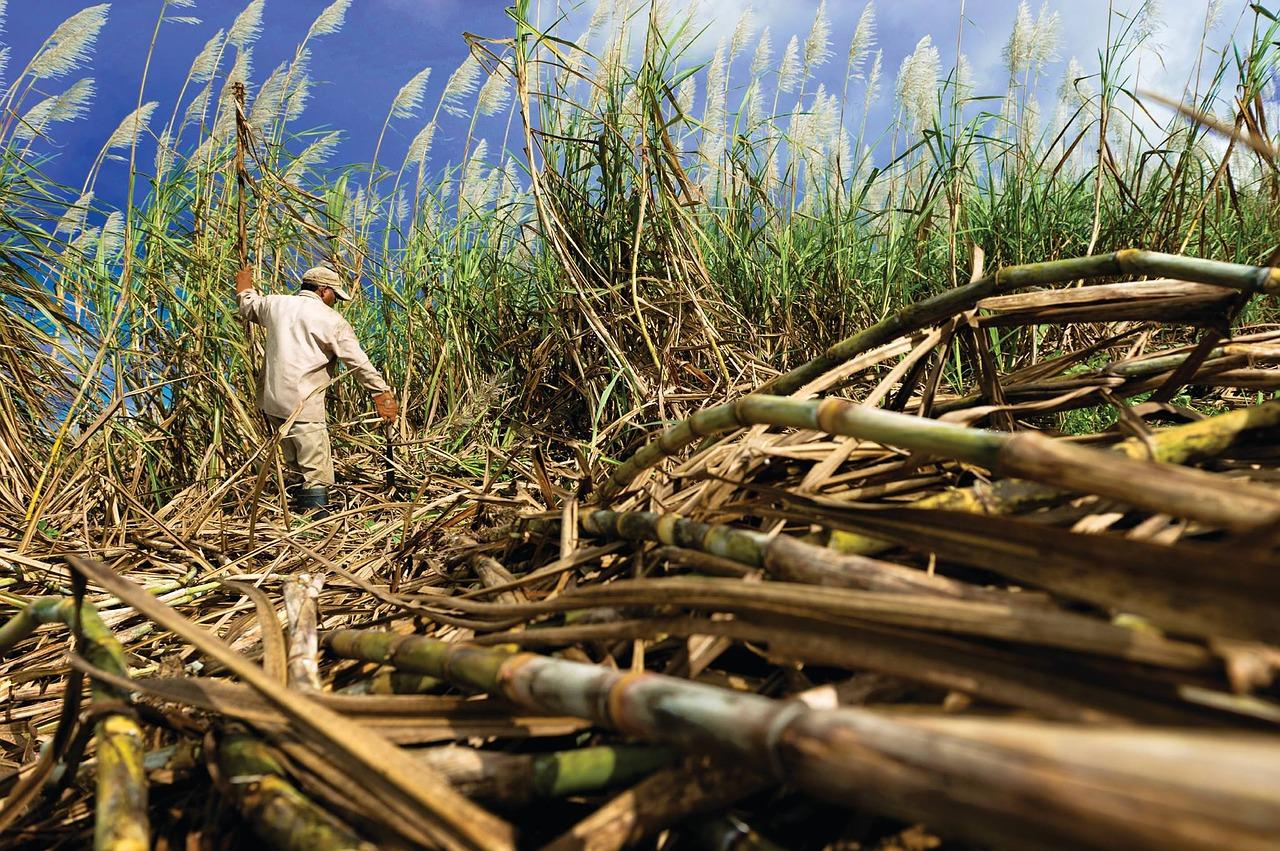Sugarcane May Drastically Reduce Carbon Emissions From Airplanes
Airplanes are responsible for tons of carbon dioxide emissions in our skies every day. A team at the University of Illinois has been able to extract oil from lipid-producing sugarcane and convert it into jet fuel.
Updated May 24 2019, 12:12 a.m. ET
Flying is a common, if not necessary, means of transportation for many people, but it's sadly not great for the environment. Now, researchers may have finally discovered a way to make jet fuel gentle on the environment. What's the magic ingredient? Sugarcane. “Lipidcane,” as scientists discovered, produces oil that can be converted into biodiesel. This solution could replace up to two-thirds of fuel consumption in the United States, meaning that it's no small feat.
Researchers from the University of Illinois estimated that aircrafts could fly for roughly 10 hours on lipid-producing sugarcane. According to the school news report, 20 percent of oil extracted from lipidcane can produce more than 37 times more jet fuel than soybeans per acre. That’s around 1,666 more gallons. This process is fairly simple to extract the oil, as these plants naturally produce it.
"We estimate that this biofuel would cost the airline industry $5.31 per gallon, which is less than most of the reported prices of renewable jet fuel produced from other oil crops or algae," said Deepak Kumar, who was the lead analyst in the study and works in the Department of Agricultural and Biological Engineering at the University of Illinois.
According to the Plants Engineered to Replace Oil in Sugarcane and Sweet Sorghum (PETROSS) study, there needs to be more growth from other feedstock for biofuel production. Only 16 percent of it comes from sources other than soybeans, animal fat, and corn. Sugarcane is the favorite solution because it’s already been established in the United States, can withstand droughts, and can be grown in soil and on land that isn’t ideal for planting.
By growing more lipid-producing sugarcane, this would create a significant dent in the carbon dioxide emitted from aircraft. PETROSS director Stephen Long believes that sugarcane “being engineered to be more cold tolerant” could thrive “on an estimated 23 million acres of marginal land in the Southeastern US.” If that’s true, “it could replace about 65 percent of national jet fuel consumption.”
There’s also further benefits with lipidcane. Sugar that’s separated after juice treatment could be used in various bioproducts or can help create ethanol. Refineries could produce a renewable electricity source by turning the bagasse (residue after extraction) into steam and fueling generators.
Aircraft is responsible for a large chunk of greenhouse gas emissions. In a 10-hour flight using fossil fuels, 756,000 pounds of CO2 is emitted into the skies. Increasing the use of alternative biofuels will bring this amount down. Having the ability to grow sugarcane nearly anywhere and additionally being a renewable energy source is a tremendous green solution.

